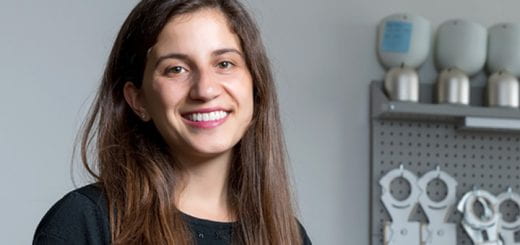“Without volunteers, we can’t save animals. It’s that simple.”
Sue James, ’75 Accounting, grew up in New York wanting to be a veterinarian—an early love and concern for the welfare of animals that followed her to the West Coast and through a career as an accountant and partner at venerable Ernst and Young. Now retired, she serves as president of Tri-Valley Animal Rescue (TVAR) and is able to concentrate her considerable organizational talents on pairing homeless dogs and cats with individuals and families whose lives they will enrich and vice versa. “I’m still not a vet,” she says, “but I am helping animals.” Working in conjunction with the East County Animal Shelter in Dublin, TVAR welcomes donations, volunteer dog walkers, dog trainers, cat socializers, foster families and animal lovers committed to ending the unnecessary euthanasia of homeless and abandoned animals.
Read on about the Shelter Dog Program that James founded at Tri-Valley Animal Rescue.
James has no complaints about her professional career or its trajectory. A CPA and long-time partner at Ernst and Young, she continues, even in retirement, to provide expert counsel in her field, serving on the board of directors of Coherent, Yahoo and Applied Materials. But it’s her volunteer work that speaks to her life’s passion: dogs. More precisely, saving dogs from unnecessary euthanasia.
In 2005, James started volunteering at Tri-Valley Animal Rescue (TVRA), a non-profit, all-volunteer organization that works with the East County Animal Shelter in Dublin as well as other rescue groups to provide shelter dogs with foster accommodations, medical care, behavioral training and permanent, loving homes. She quickly saw an opportunity to improve volunteer impact and efforts that, in turn, would increase the numbers of adoption and launched the Shelter Dog Program.
Central to the Shelter Dog Program’s success are regularly scheduled Adoption Days. Advantages for the dogs: fresh air and exercise. Advantages for potential adopters: the chance to visit and interact with ten to fifteen dogs in a more convivial environment. Each dog is accompanied by a handler, and professional dog trainers are also onsite to answer questions and help individuals and families choose the dog that is their best match. Another perk: any dog adopted on an Adoption Day is given private, in-home training free of charge.
“When a dog goes into a home, it takes a few weeks for that dog to get settled,” James says. “And often the owners need training as well. So it made sense to provide in-home training.” As a result of the Shelter Dog Program, adoption numbers are up, and the training component has significantly reduced the number of adopters that change their minds and return the dogs to the shelter.
As a kid, James “always had a dog,” but with marriage came her husband’s cat. Allergic to cats, James got allergy shots three times a week for eight years. “I loved that cat dearly but when she passed, we decided we’d have dogs from then on out,” she says.
One of those dogs, Ruby, was a Rottweiler mix she met at the shelter, took home to foster and eventually adopted.
“Ruby was the gentlest soul you could imagine,” she says. “We had her for four years, and when she died, my husband and I set up a special fund in her name for dogs that need that extra chance in life. In that way, we hope that Ruby’s legacy will live on.”





